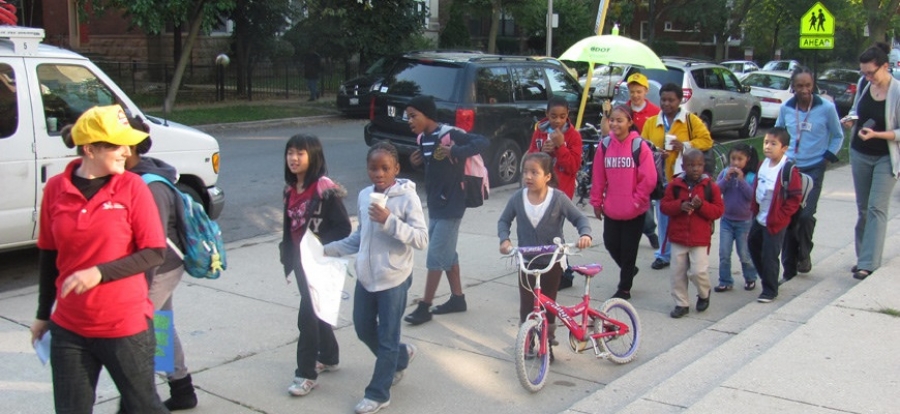Educational institutions, like churches, can often be the main hub for a community. Everyone in a school is part of several communities - both on and off-site - but often the school is the starting point.
Many good educational settings endeavour to reach out and extend their communities in order to make a difference to the lives of their students and their families. “The best schools engage the 'hard to reach' parents.”In my experience, the schools that want to support their communities the best are those that seek to not just include but engage. They engage the 'hard to reach' parents, engage all staff and stakeholders in decision making, and engage all students, despite their needs, in daily school life. It’s similar to the difference between differentiating or personalising education (the latter is better in my opinion).
The idea is not to merely involve - but engage parents in the dialogue. Rather than let them tag along for the ride, ask them to sit in the driving seat every now and again. This is what the really exciting schools do. Not just when it comes to parents and carers, but a wealth of external forces. They welcome in 'new' teaching ideas from outside of the school, bring in other professionals to work with the kids and get the students learning off the school site from time to time. Their doors and their minds are open to new ideas and new perspectives - and they allow themselves to be driven from the outside in.
In short, the best communities look both in and outwards.
But what about being online, I hear you cry? Well yes, like everything else now, community has both real life and cyber connotations. As teachers, your professional community can include a mixture of both online and offline networks; your on-site community, the families you meet / connect with using home/school apps, and your PLN (Personal Learning Network), which straddles both face-to-face TeachMeets and your social media threads.
My advice is this: join the online communities. There are a million voices the other side of your screen (maybe I will see you there!). The other good news is that if your school isn't helping you with something, there are experienced voices just the other side of your screen who are there - and want to help you. My current favourites are the inspirational IMS Community, the Microsoft Educator Community (MEC), MOOCs like those offered by FutureLearn and, of course, Twitter.
If you are overwhelmed, the trick is to start small and do it your way.
For me, joining online communities has led to a whole host of personal opportunities and rewards - from accessing flexible employment to support my life with my three children, to incredible opportunities like Harvard publishing my book and speaking at Bett 2017, which in turn has led to being involved in more communities. Mind-blowing stuff.
But reaching out to your community can also mean the small stuff too. My son and his Primary class teacher were keen to have some Lego for wet play this week. I took “There are experienced voices just the other side of your screen.”up the challenge by throwing out a few posts on social media on Wednesday night, mainly on our local community Facebook pages, to see if anyone could help. By Thursday breakfast, a dad delivered a boy of pre-loved Lego that his son had forgotten about to my front door. I am expecting two more boxes this weekend. This made me realise that community is not always about those you see every day, but the ones we can connect with if we only try (also, producing a crate of ‘free’ Lego is seen as god-like in a six year old’s eyes).
Ultimately, and back to the main point, being part of a community is win-win. And if one isn't working for you, there will be others you can try. You really do not know who is out there until you really start to look. And if that fails, you can create your own. I would - and have. This started in schools with ‘working groups’ and then went regional with AST Networks, HOD workshops and online blogs for teachers. Then I went - gasp - national. You might already be part of the communities I have launched this year, either @WomenEdTech or you may have signed up to The Gender Equality Charter. Either way - leading or joining in - it really is all about having a voice, collaborating and learning. Not just learning about others, but also yourself. Hopefully I will see you soon and you will teach me a few things too.
Want to receive cutting-edge insights from leading educators each week? Sign up to our Community Update and be part of the action!


















